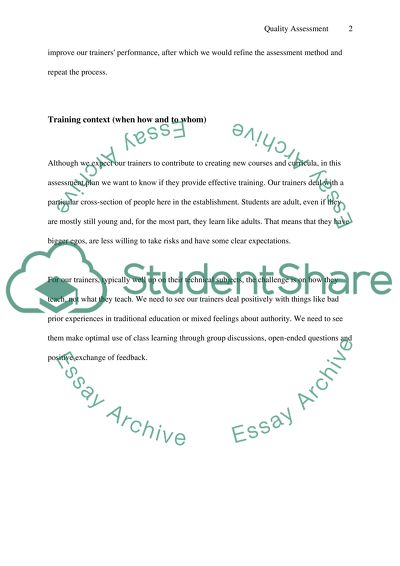Cite this document
(Assessors of Trainers and Training Programs Assignment, n.d.)
Assessors of Trainers and Training Programs Assignment. Retrieved from https://studentshare.org/education/1499251-quality-assessment-plan
Assessors of Trainers and Training Programs Assignment. Retrieved from https://studentshare.org/education/1499251-quality-assessment-plan
(Assessors of Trainers and Training Programs Assignment)
Assessors of Trainers and Training Programs Assignment. https://studentshare.org/education/1499251-quality-assessment-plan.
Assessors of Trainers and Training Programs Assignment. https://studentshare.org/education/1499251-quality-assessment-plan.
“Assessors of Trainers and Training Programs Assignment”, n.d. https://studentshare.org/education/1499251-quality-assessment-plan.


